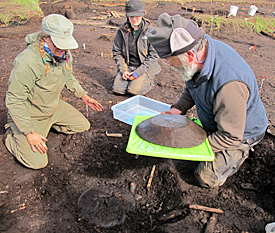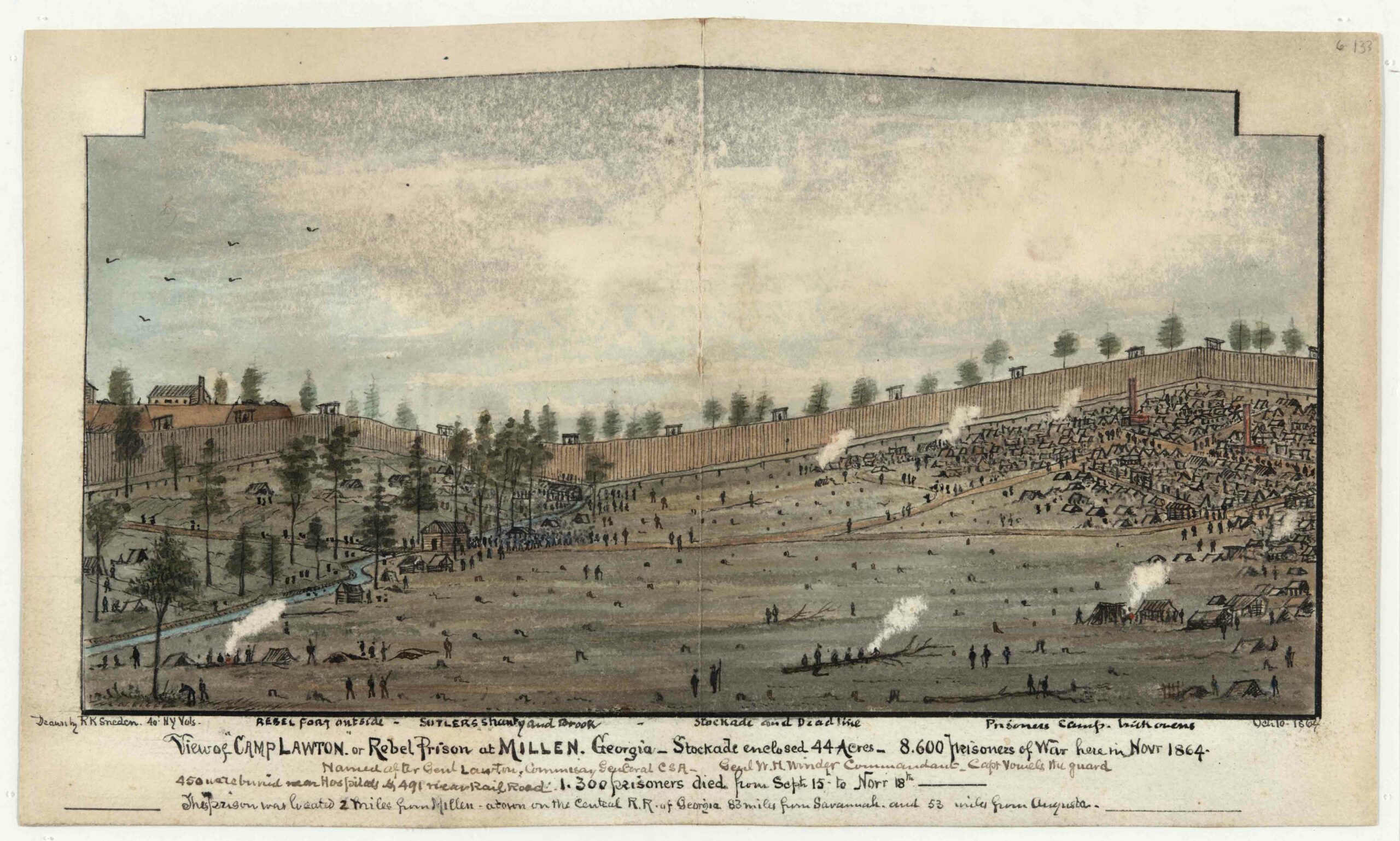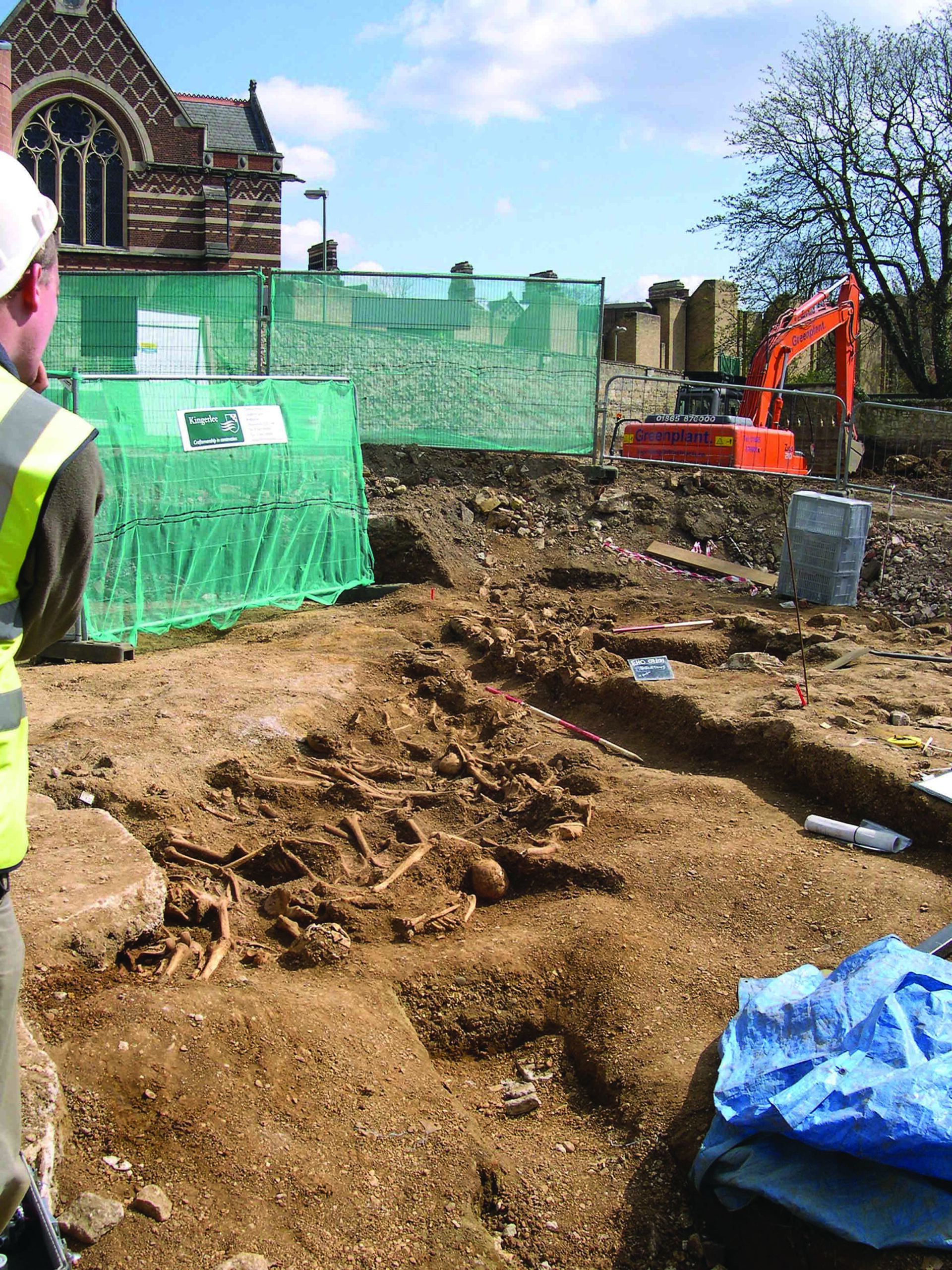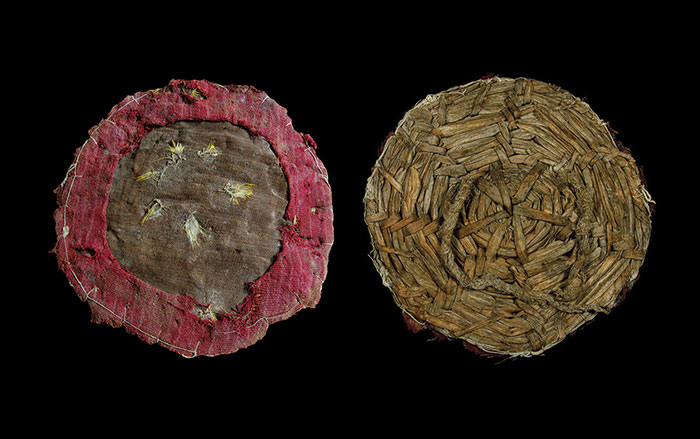
QUINHAGAK, ALASKA—A grant from the Arts and Humanities Research Council will fund research by archaeologists from Scotland’s University of Aberdeen at Nunalleq, a 700-year-old coastal village exposed by erosion and melting ice in central Alaska. “The soil is held together by the ice, so when the ice melts the soil becomes very vulnerable to marine erosion,” explained project leader Rick Knecht. The village was occupied during the Little Ice Age, a period of climate change. “It’s ironic that climate change is bringing about this thaw, which in itself is helping us answer questions about how these people coped with climate change hundreds of years ago and may help us plan for similar conditions in the future,” he added. The site has yielded human hair clippings carrying information about the diet and health of the residents; more than 60 wooden dolls used as toys and for ceremonial purposes; objects made of leather and fur; and a wooden mask.









